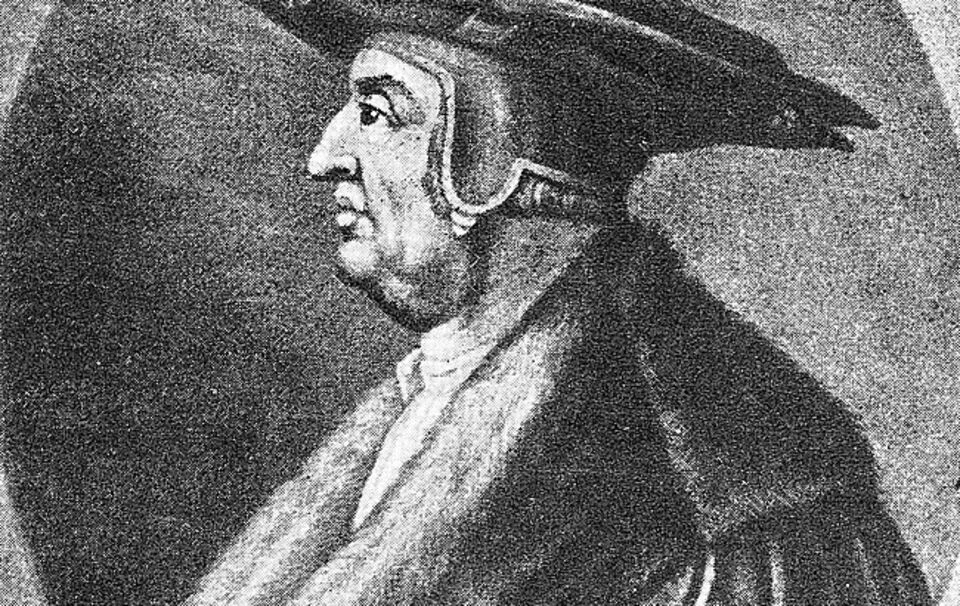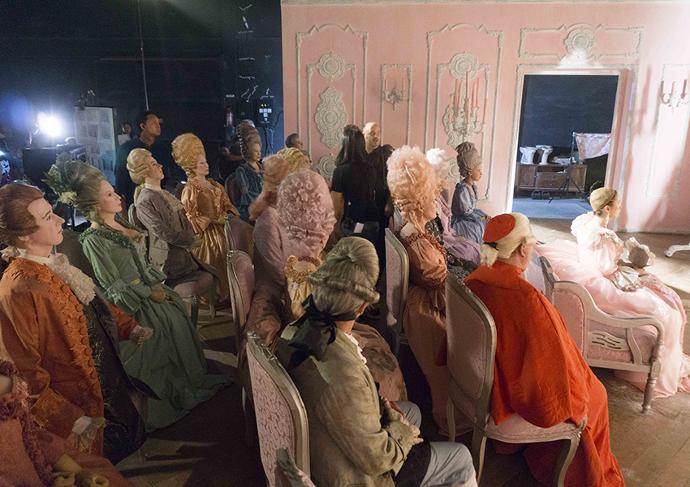
Introduction to Conrad Peutinger II 1475
Not many know the name of Conrad Peutinger II 1475, yet he was a very influential figure concerning cartography and historical research. Born in 1475, Conrad emerged from the period when maps were not just illustrations but gateways to learn more about the world. A scholar, diplomat, and an enthusiast with a penchant for collecting ancient treatises, the geographical sphere is not what Conrad’s way dealt with.
Imagine how different the world would be if its only source were ink on parchment for direction into uncharted territories. That is the real world in which he lived. The more I get into his life and what he contributed, the more this incredible figure shapes inside our minds about history and geography. From his early years to the legacy he left behind with the Peutinger Table, every detail is a clue about a man committed to exploration in the fullest meaning of that word. Buckle up-we’re going on quite the time travel adventure here!
Early Life and Education
Conrad Peutinger II was born in 1475 in Augsburg, a bustling city rich with culture and trade. His early years were marked by an environment that nurtured intellectual curiosity.
From a young age, Conrad displayed a keen interest in history and geography. This passion led him to pursue studies at esteemed institutions across Europe. His education was heavily influenced by the humanist movement, which emphasized classical texts and critical thinking.
He immersed himself in ancient manuscripts, cultivating his knowledge of cartography and ancient history. The rigorous academic atmosphere shaped his future endeavors significantly.
Peutinger’s educational background set the stage for his later achievements as he developed skills essential for navigating complex historical narratives and geographical concepts.
Career and Contributions
Conrad Peutinger II 1475 had a remarkable career, marked by his passion for history and geography. His work as a humanist scholar set the stage for many of his significant contributions.
He diligently researched ancient texts and maps, which laid the groundwork for modern historical cartography. His meticulous attention to detail allowed him to uncover insights about Roman infrastructure that were previously overlooked.
Through his various roles in administration and academia, he championed the importance of accurate geographic representation. He inspired others to appreciate the cultural richness tied to geographical knowledge.
Peutinger’s dedication extended beyond personal achievement; he actively mentored young scholars. By fostering an environment of learning, he influenced future generations who would follow in his footsteps.
The Peutinger Table: A Legacy of Conrad Peutinger II
The Peutinger Table stands as a remarkable achievement in the realm of cartography. Created during the early 16th century, this ancient Roman road map was meticulously preserved by Conrad Peutinger II 1475. His dedication to documenting geographical knowledge is evident in its intricate details.
Unlike typical maps of his time, the Peutinger Table stretches over 22 feet long and showcases a wealth of information about routes across Europe, North Africa, and parts of Asia. It highlights not just pathways but also cities, distances, and even notable landmarks.
This extraordinary work serves as an invaluable resource for historians and geographers alike. Its unique format offers insights into ancient travel that modern maps often overlook. The legacy left behind by Conrad Peutinger II 1475 through this table continues to inspire research in historical geography today.
Controversies and Criticisms
Conrad Peutinger II 1475 faced his share of controversies. While celebrated for his contributions to cartography, some critics questioned the accuracy of his work. His interpretations often relied on ancient sources that weren’t always reliable.
Additionally, his association with influential figures raised eyebrows. Some believed he blurred the lines between scholarly pursuit and political ambition. This tension led to accusations of bias in certain historical narratives.
Peutinger’s methods also drew scrutiny. His approach combined meticulous research with a somewhat romanticized view of geography. Detractors felt this could distort the true essence of places he mapped.
Despite these criticisms, many acknowledged that controversy often stimulates progress in academia. The debates surrounding Peutinger’s work pushed others to refine their cartographic techniques and methodologies further, fostering a richer understanding of history and geography over time.
Influence on Modern Cartography and Historical Research
Conrad Peutinger II 1475 played a pivotal role in shaping modern cartography. His meticulous attention to detail and innovative mapping techniques laid a foundation that contemporary cartographers still rely on today.
The Peutinger Table, his most renowned work, showcased an advanced understanding of geographical layout. This ancient Roman road map provided insights into trade routes and communication networks of its time. It served as an invaluable resource for historians seeking to understand the socio-economic dynamics of past civilizations.
Moreover, his approach to documenting geographical information influenced later explorers and mapmakers. By prioritizing accuracy over embellishment, he set standards that resonate through the ages.
Peutinger’s integration of history with geography fostered interdisciplinary research methods. Scholars now often merge these fields, enriching their studies with comprehensive perspectives on historical events and landscapes.
Honors and Recognitions
Conrad Peutinger II 1475 earned significant accolades throughout his life, reflecting his profound impact on cartography and historical scholarship. His work with the Peutinger Table remains a testament to his expertise in geography.
Scholars have frequently recognized him for bridging ancient knowledge and contemporary understanding. Institutions often honor him for fostering advancements in map-making techniques that influenced generations of cartographers.
In academic circles, awards celebrating excellence in geographical research sometimes bear his name. This recognition underscores how deeply he has inspired future scholars.
Museums dedicated to historical artifacts occasionally feature exhibits highlighting Peutinger’s contributions, ensuring that visitors learn about this pivotal figure’s legacy.
His influence extends to modern educational programs as well, which incorporate lessons based on his methodologies. Such honors reflect not only respect for his achievements but also an acknowledgment of their lasting significance in today’s world.
Conclusion
Conrad Peutinger II, born in 1475, remains a pivotal figure in the realm of cartography and historical research. His early life laid the foundation for his later achievements. Educated and curious, he navigated through a world rich with knowledge.
His career was marked by significant contributions that have stood the test of time. The creation of the Peutinger Table is perhaps his most renowned accomplishment, serving as an invaluable resource for historians and geographers alike.
While he faced controversies during his lifetime, such challenges only sharpened his legacy. Today, scholars recognize how these experiences shaped modern cartographic practices and historical methodologies.
Honors bestowed upon him reflect not only his expertise but also the respect he garnered among contemporaries and future generations. As we continue to explore maps and history today, Conrad Peutinger II 1475 influence endures as a testament to human curiosity and intellect. His journey reminds us that every map tells a story—one worth uncovering.






